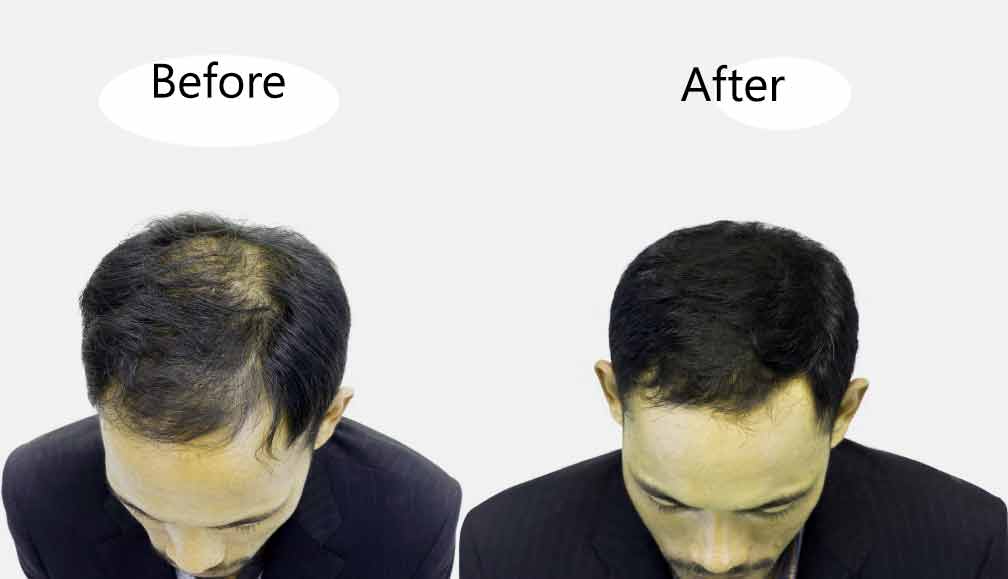Cozmoderm Clinic | Best Dermatology Clinic For Skin and Hair Care In Nagpur
Hair Transplant In Adilabad
Home / Hair Transplant In Adilabad

Hair Transplant
A hair transplant is a surgical procedure design to address hair loss or thinning hair by relocating hair follicles from one part of the body (usually the back or sides of the scalp, where hair is more resistant to balding) to another area of the scalp that is experiencing hair loss. This procedure is typically used to restore hair in areas where balding or thinning has occurre.
Hair transplantation is a highly specialize procedure that requires skill surgeons and meticulous attention to detail.
Symptoms
- Temporary Hair Shedding: For instance, After a hair transplant procedure, it is common for the transplant hair to fall out within the first few weeks. Thus, This is a normal part of the process and is known as “shock loss.” The hair typically regrows within a few months.
- Swelling: Therefore, Swelling of the forehead or scalp can occur after the surgery, especially in the initial days. Thus, This is typically a temporary side effect.
- Pain and Discomfort: Some discomfort or pain in the donor and recipient areas is common for a few days after the surgery. Besides, This can usually be managed with prescribed pain medications.
- Itching: Itching of the scalp, particularly in the recipient area where new hair is growing, can occur during the healing process. Patients are advised not to scratch or rub the area.
- Bleeding: Minimal bleeding from the donor and recipient sites is common during and immediately after the procedure. This is usually controll during the surgery and does not persist afterward.
Causes
- Genetic Hair Loss (Androgenetic Alopecia): Firstly, The most common cause of hair loss that leads to hair transplant is genetics. Once, It is often referre to as male or female pattern baldness and is hereditary.
- Alopecia Areata: Thus, This is an autoimmune disorder that can cause hair loss in small, round patches. Besides, some cases, hair transplant may be recommende for individuals with stable alopecia areata.
- Scarring Alopecia: Thus, Some forms of alopecia result in scarring of the hair follicles.Since, making it difficult for hair to grow naturally. Hair transplant can be a solution for selecte cases.
Pre-Treatment Consultation:
- Consultation: The first step is to consult with a qualifie and experience hair transplant surgeon. During this consultation, you will discuss your goals, medical history, and suitability for the procedure.
Before the Procedure:
Medical Assessment: Your surgeon may conduct a thorough medical assessment to ensure you are in good health and a suitable candidate for the procedure.
- Hair Evaluation: For instance, The surgeon will assess your hair loss pattern and determine the donor area, which is typically the back or sides of the scalp, where hair follicles are genetically resistant to balding.
- Discussion of Expectations: Thus, Your surgeon will discuss realistic expectations and the potential results of the procedure.
- Procedure Day: Anesthesia: Local anesthesia is administere to numb the donor and recipient areas, ensuring you are comfortable during the procedure.
- Donor Hair Harvesting:
- FUT: A strip of hair-bearing scalp is remove from the donor area, and individual hair follicles are dissecte under a microscope.
- FUE: Hair follicles are extracte one by one directly from the donor area using a micro-punch tool.
- Recipient Site Preparation: Tiny incisions are made in the recipient area, where the new hair follicles will be transplante.
- Hair Transplantation: Individual hair follicles or grafts are carefully place into the recipient’s incisions, ensuring proper angle and direction for natural-looking results.
Post-Procedure Care
- Pain Management: Once Over-the-counter pain medications may be recommende.
- Avoidance of Certain Activities: Firstly, You may be advise to avoid strenuous activities and direct sunlight for a certain period.
- Hair Washing: Thus, Specific instructions on how and when to wash your hair.
Recovery
- After the procedure, patients may experience some discomfort, swelling, and mild pain. Pain medication may be prescribe.
- Swelling and redness in the recipient and donor areas are common and typically resolve within a few days to a week.
- Patients are usually advise to avoid strenuous activities and follow post-operative care instructions provide by the surgeon.
